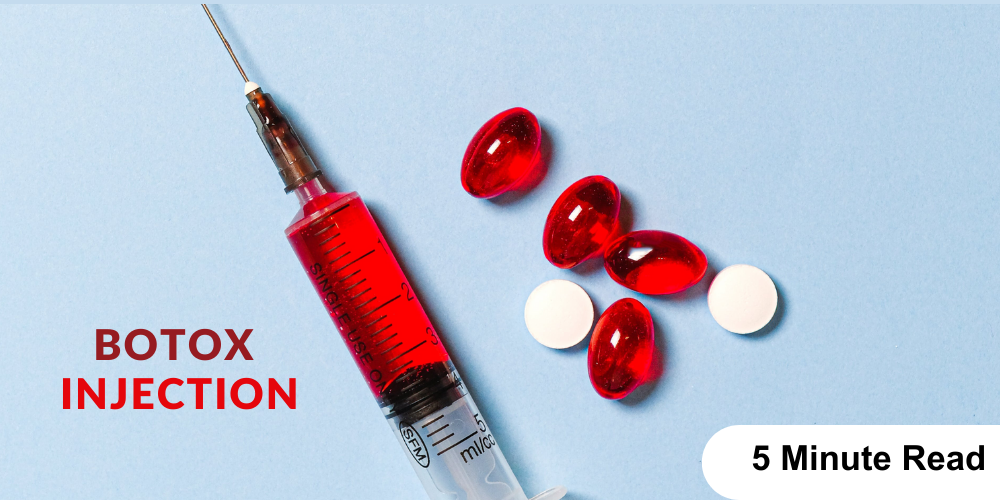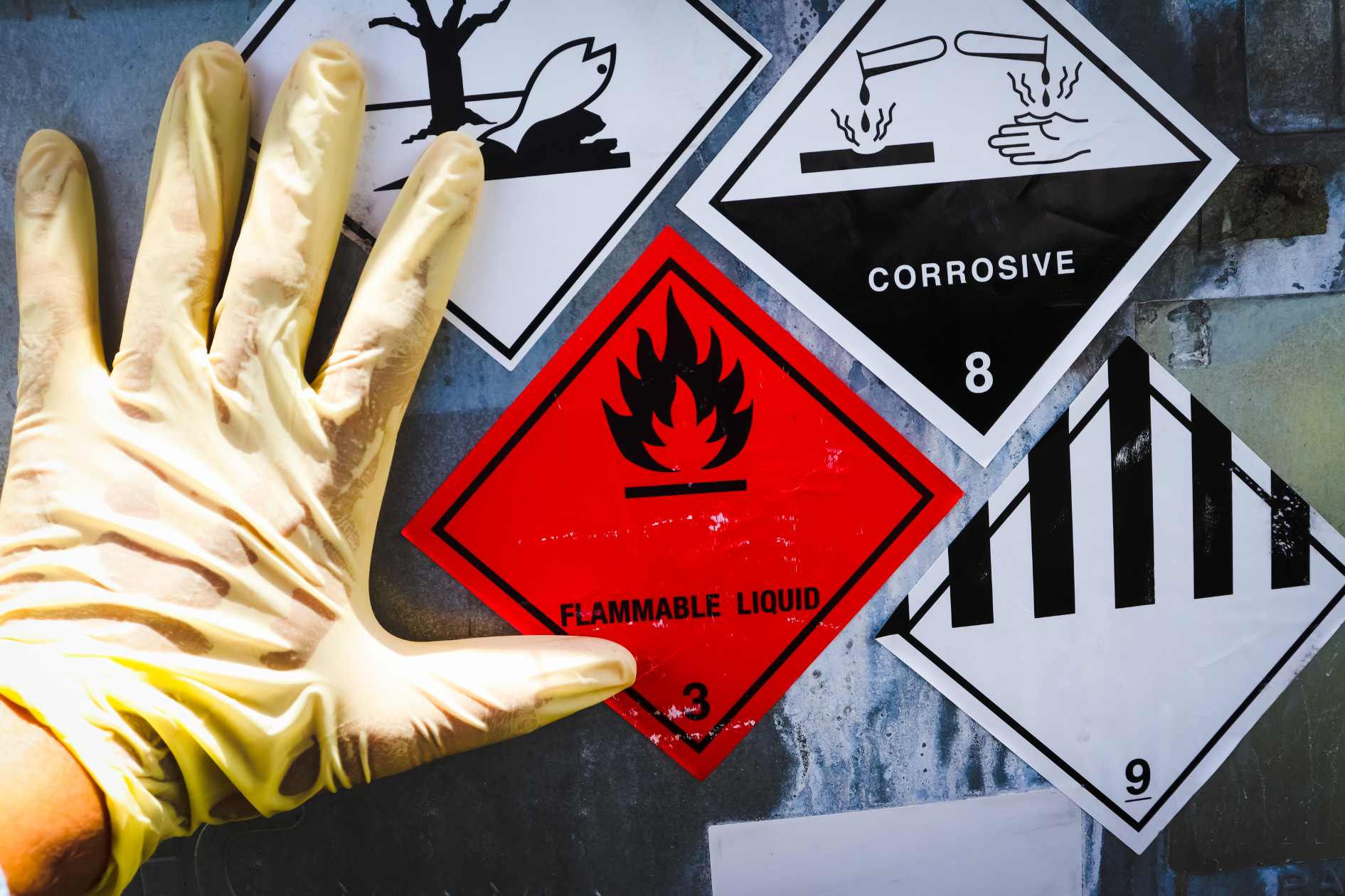Botox Injection: What to Expect Before, During, and After Treatment
Botox is a known name in the field of aesthetics and medicine. It offers solutions for various conditions and concerns. In this blog post, we will talk about everything you need to know about botox injection.
But let’s start with the basics first.
Enroll – Botox Injection Training 101 (Course)
Understanding Botox
Botulinum Toxin or Botox is derived from a naturally occurring neurotoxin produced by the bacterium Clostridium botulinum. This toxin has many applications in medicine and aesthetics when used in controlled and diluted forms.
Get – Herbalism Training Course
Why Does Botox Work?
Botox can temporarily paralyze or weaken muscles at the injection site. When injected, it blocks the release of acetylcholine. It’s a neurotransmitter responsible for transmitting signals from nerves to muscles. By interrupting this communication, Botox prevents muscles from contracting forcefully, helping to reduce wrinkles.
How Does Botox Affect Muscles?
Botox is especially useful in cosmetic and therapeutic applications:
- Cosmetic Use: when used on the forehead, Botox relaxes the frontalis muscle. It reduces the appearance of forehead lines and wrinkles.
- Medical Use: In chronic migraines, Botox injections help relax the muscles involved in headache triggers.
- Hyperhidrosis: Botox effectively treats excessive sweating by blocking the sweat glands’ overactive nerve signals.
- Overactive Bladder: Botox injections can relax the bladder muscles, relieving those with an overactive bladder.
Enroll – Healthcare Compliance
What Things to Consider During Botox Injection?
Consider the below:
- Consultation: Consult a qualified healthcare provider. During this consultation, your provider will assess your needs, discuss your medical history, and determine whether you are fit for Botox treatment.
- Targeted Areas: Tell your provider about areas to be treated. They will mark the injection sites and ensure precise and effective treatment.
- Injection Process: Ask about the needles and injection process. The injections are relatively quick and usually cause minimal discomfort. Some providers may offer topical anesthesia or ice to numb the area beforehand.
- Multiple Sittings/Injections: Multiple injections and sittings may be advised depending on the treatment area.
Enroll – Pharmacy Compliance Toolkit
How Long Does a Botox Procedure Take?
Botox is often called a “lunchtime procedure” because it takes 10-15 minutes. Some individuals may notice subtle changes in the treated areas immediately after the injections. However, the full effects of Botox typically become noticeable after three days. Furthermore, the duration of Botox’s effects varies from person to person. It lasts between 3 to 6 months.
Enroll – First Aid – Medical Emergencies Course
What Are the Common Side Effects?
Below are some of the common side effects of Botox:
- Swelling: Mild swelling at the injection site is normal. It usually subsides within a few hours to a day.
- Bruising: Bruising can occur but is often minor and can be concealed. Avoiding blood-thinning medications and alcohol before treatment.
- Temporary Weakness: Botox temporarily weakens the treated muscles. It can result in a natural and relaxed appearance.
Get – SWOT Analysis (Course)
How to Minimize Discomfort
Consider these tips to minimize discomfort and easy recovery:
- Avoid touching or massaging the treated areas immediately after the procedure.
- Refrain from strenuous exercise for at least 24 hours to prevent the spreading of Botox to unintended areas.
- Stay upright for a few hours after the injections to prevent Botox from migrating to other muscles.
Get – Emergency Action Plan & Medical Services/First Aid Course
What are the Safety Considerations for Botox?
Botox is generally safe when administered by trained professionals. However, there are certain precautions and contraindications that individuals should be aware of before undergoing treatment.
- Pregnancy and Nursing: Botox injections are not recommended for pregnant or nursing individuals. While there is no definitive evidence that Botox harms unborn babies or breastfeeding infants, it’s a precaution to avoid potential risks.
- Neuromuscular Disorders: People with certain neuromuscular disorders, such as myasthenia gravis or Lambert-Eaton syndrome, should avoid Botox. These conditions can make individuals more susceptible to adverse effects from Botox.
- Interactions with Other Medications: Inform your healthcare provider about any medications you are taking, as some drugs may interact with Botox.
Why Is Proper Training Important for Botox Administration?
- Safety: Proper training ensures that healthcare providers understand Botox injections’ correct techniques, dosage, and potential risks.
- Optimal Results: Training equips providers with the skills to achieve natural-looking results that align with patient expectations.
Enroll – Botox Injection Training 101 (Course)
Importance of Choosing a Qualified Provider
Selecting a skilled and qualified healthcare provider for Botox injections is paramount for ensuring safety and achieving optimal results. Here are some key considerations:
- Certification: Verify that your provider is certified and licensed to administer Botox injections. Proper training and certification are essential.
- Experience: Inquire about the provider’s experience with Botox injections. Choose highly rated providers who regularly perform Botox treatments.
- Consultation: A thorough consultation is essential. Your provider should assess your medical history, discuss your goals, and explain the procedure, potential risks, and expected outcomes.
- Reputation: Seek recommendations or read reviews to gauge the reputation of the clinic or provider. Positive testimonials can provide reassurance.
Coggno Botox Training
Coggno is an online platform that offers a wide range of courses, including a comprehensive Botox training program. It is an accessible and convenient avenue for healthcare professionals and aspiring practitioners to acquire the skills required for safe and effective Botox administration.
How to Choose the Right Botox Training Program
Selecting the right Botox training program on Coggno is a critical step toward a successful career in Botox administration. Consider the following factors:
- Accreditation: Ensure the training program is accredited and recognized within the industry.
- Curriculum: Review the course content to ensure it covers the essential aspects of Botox administration, from anatomy to injection techniques.
- Instructor Expertise: Research the qualifications and experience of the instructors to ensure they are credible and knowledgeable.

Conclusion
Botox is a transformative tool that can enhance the quality of life for many. However, it’s essential to prioritize safety and education, whether you’re considering Botox as a patient or a practitioner.








